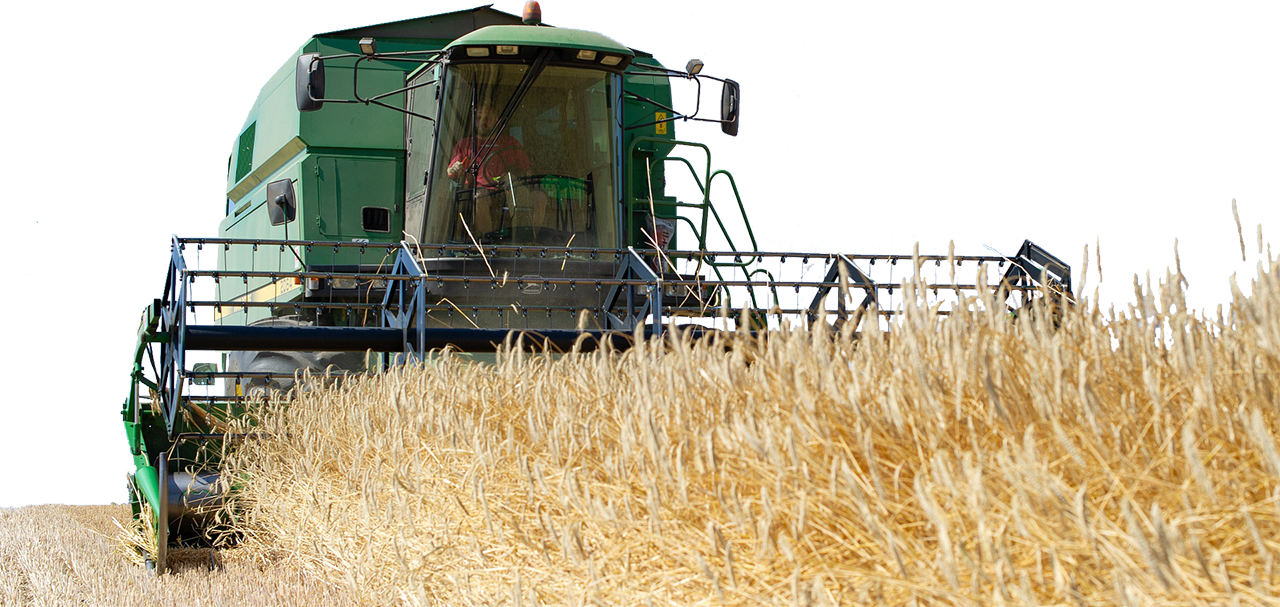The practice of agriculture has been around for hundreds of years and has become a basic way of life for a majority of the world. Agriculture has also changed dramatically over time, especially since the end of World War II. Food and fiber productivity soared due to new technologies, mechanization, increased chemical use, specialization and government policies that favored maximizing production. These changes allowed fewer farmers with reduced labor demands to produce the majority of the food and fiber in the U.S.
Although these changes have had many positive effects and reduced many risks in farming, there have also been significant costs. Prominent among these are topsoil depletion, groundwater contamination, the decline of family farms, continued neglect of the living and working conditions for farm laborers, increasing costs of production, and the disintegration of economic and social conditions in rural communities.1
“…current agricultural practices, while important to society, are causing detrimental effects to our environment both locally and globally.”
Soil Quality
A common philosophy among sustainable agriculture practitioners is that a “healthy” soil is a key component of sustainability; that is, a healthy soil will produce healthy crop plants that have optimum vigor and are less susceptible to pests. Crop management systems that impair soil quality often result in greater inputs of water, nutrients, pesticides, and/or energy for tillage to maintain yields.1 This reduced soil quality negatively impacts crop yields as well as the nutrients that are then in the produce available to consumers.
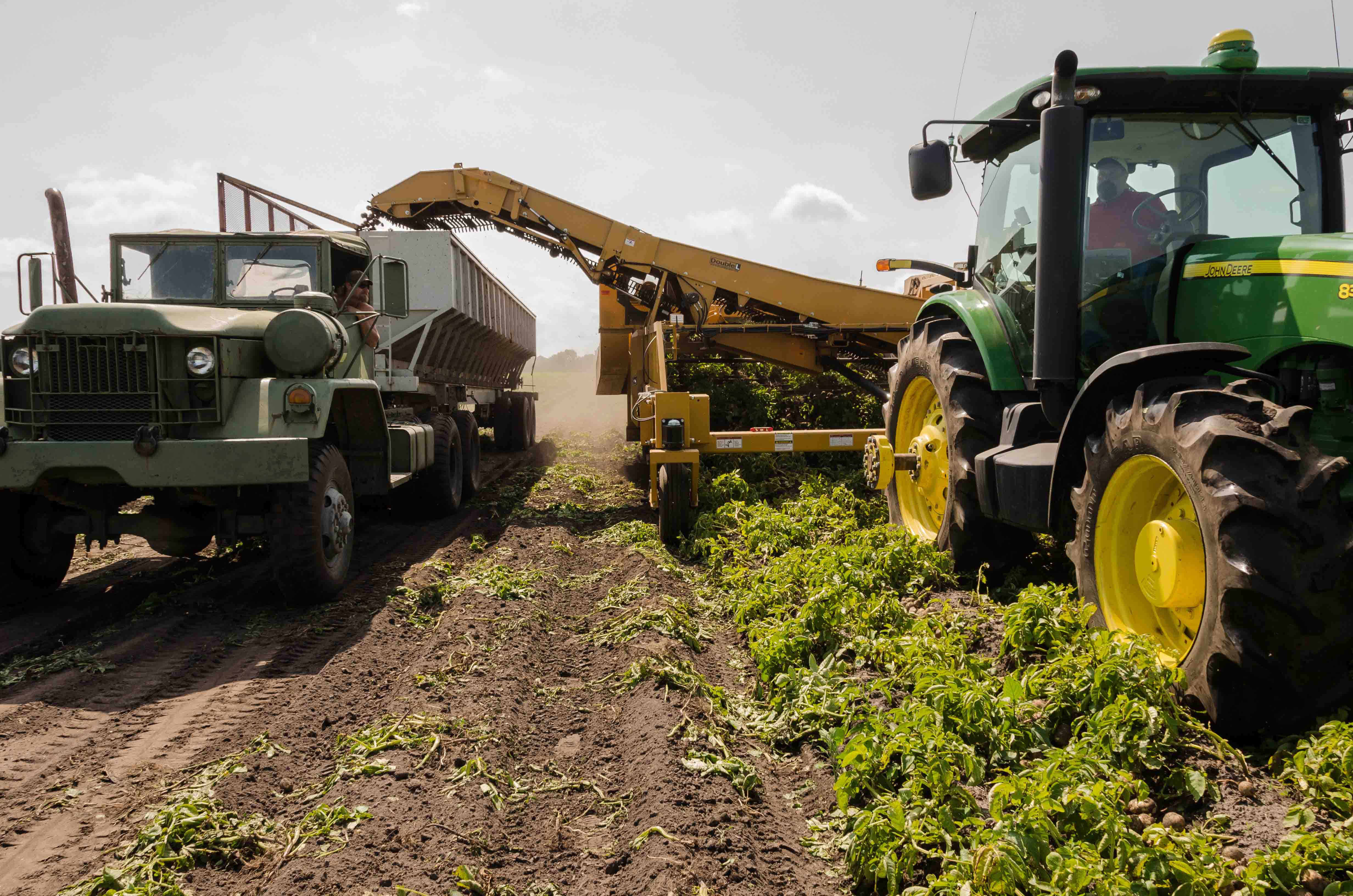
Topsoil Depletion
It takes approximately 1,000 years to generate 3 cm of topsoil from natural organic materials. Agriculture is very often removing the nutrients from the topsoil without replenishing them because of over-cultivation. Quality topsoil is also lost through wind and water erosion that is facilitated by poor soil management practices such as mono-cropping and over-tillage. Unbalanced fertilization and tilling can also cause a disruption in the microbiome of the topsoil.2
Soil Pollution
The use and variety of pesticides have increased drastically around the globe with increased consumption of food, relative to increased crop production. This large utilization of pesticides has resulted in their misuse, thus posing serious environmental pollution and health risks.
Pesticides decrease the fertility of soil by contaminating them with different heavy metals. Heavy metal accumulation in fields and vegetation results in hazardous effects on human health when consumed in the food chain. Fertilizers containing high level of sodium and potassium decrease the soil pH, destroy the soil structure, and reduce the efficiency of field crops.3
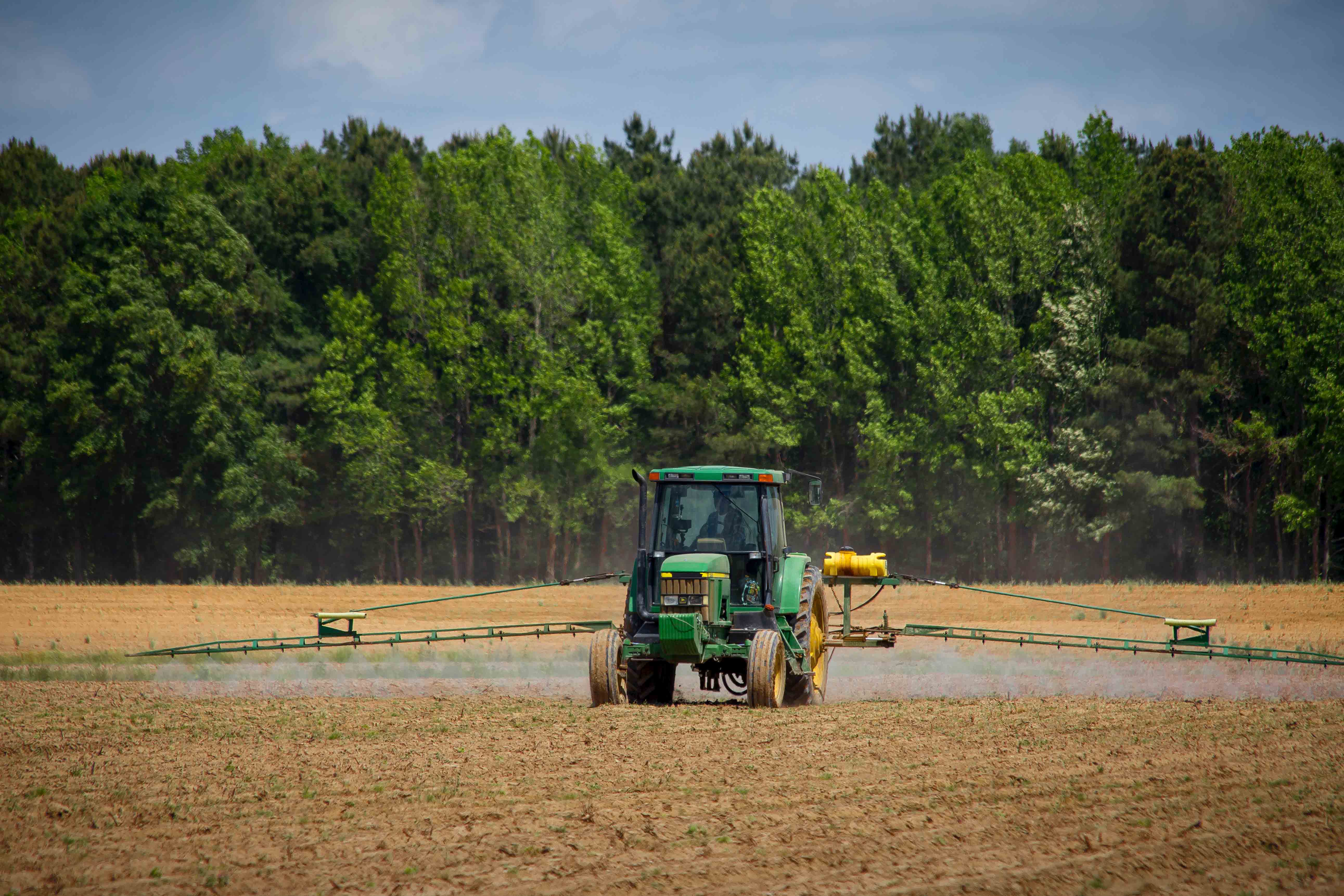
Air Quality
Air pollution is the term used to describe the contamination due to some unwanted materials: solid, liquid, or gaseous substances present in the environment. It has an adverse impact on crop’s production, quality, and yield. Crops can be badly affected, but the severity depends upon the amount of pollutants and certain other conditions that are unfavorable for growth of the crops. These pollutants can be toxic chemicals, greenhouse gases, and other harmful airborne particles.
Greenhouse Gases
It is an important fact that 20% of these gases are produced through agriculture pollution. These gases mainly include carbon dioxide, nitrous oxide, and methane. Carbon dioxide is mainly produced by industries, the burning of fossil fuels and by manure. Nitrous oxide is produced by the microorganisms present in the soil if large amount of nitrogen is present and is not used by the plants. Methane is mostly produced by wetlands.3 All of these gases and other types of air pollution are not only produced in part by the agricultural industry, but they also have detrimental affects on crop production and plant health.
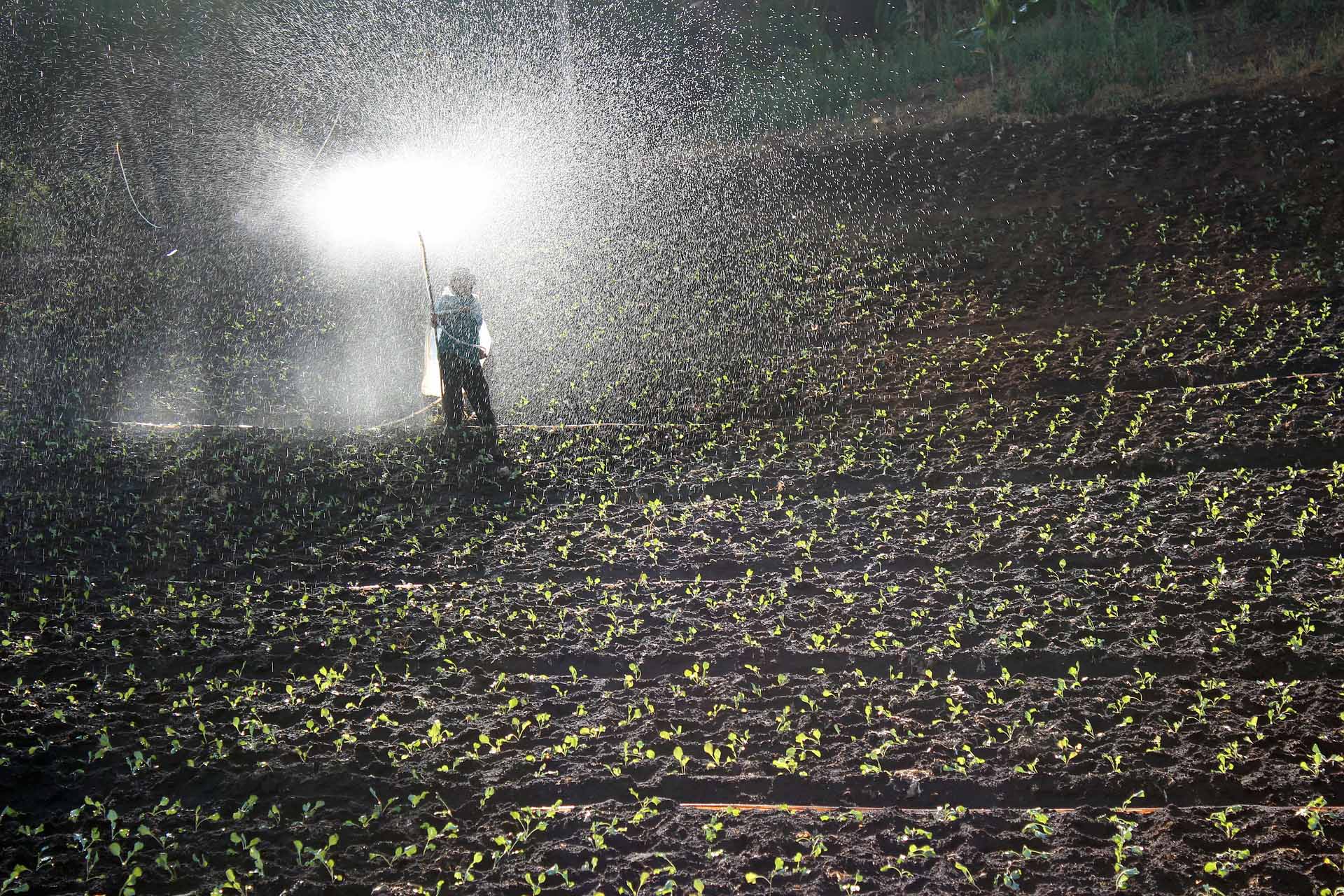
Agricultural Worker Health Hazards
Agricultural workers face injuries, illnesses, and fatalities due to physical exertion, contact with animals, use of machinery, and a high rate of exposure to toxic materials including various pesticides, fertilizers, dusts, and more.3

Water Quality
The assessment of various impacts of agriculture on water systems is not easy because the relationship between agriculture and its impact on water bodies is quite complicated. In short, agriculture has no positive effect on ecological functioning and biodiversity of aquatic habitats.
Landscapes selected and used for agriculture pose a serious threat to water biodiversity. Yet it is an inevitable fact that agriculture is a basic necessity for human beings, and to feed huge human population, agriculture can never be ignored.
Surface and Ground Water Contamination
Agriculture may bring up the issues of water quality degradation by agrochemicals, salts, and toxic leachates. Farmers apply nitrogen- and phosphorus-based fertilizers to increase the production or output of the crops. These two nutrients are required for the growth of the plant; however, plants use only the required amounts of these nutrients, and excess nutrients are usually associated with leaching and excessive runoff transfer from land to water bodies. The damage done by such nutrient losses to the water bodies would be very much site specific and would depend on various factors like unstable interaction of water systems, type of soil, chemistry of atmosphere, and fertilizer practices on farm level.3
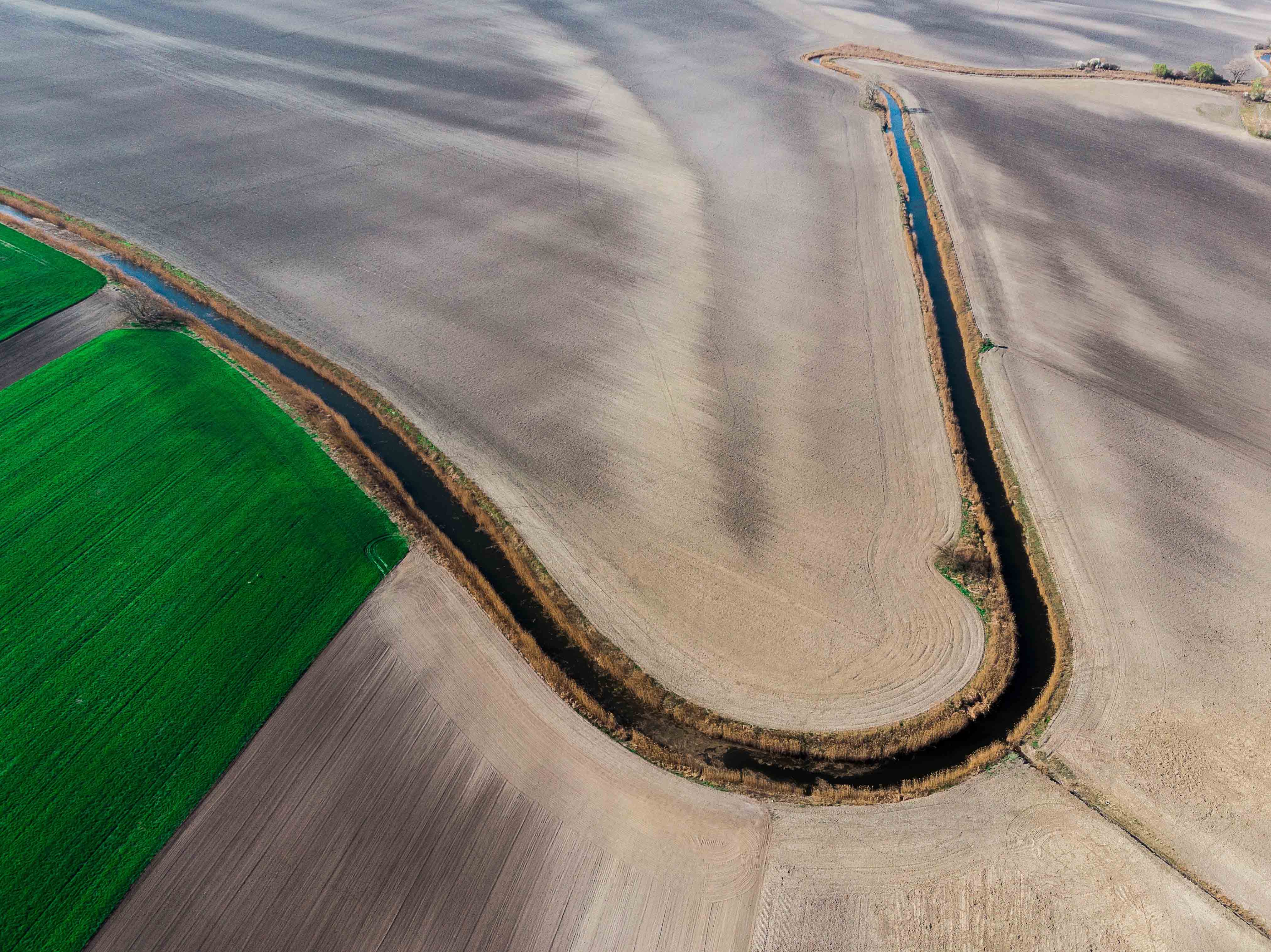
Public Health Impacts from Polluted Water
Agriculture has major impact on water quality; thus, the polluted water results in various waterborne diseases such as coliform bacteria that causes diarrhea. Microbial contamination of food crops results from either using polluted water for irrigation or its direct contact with the food. Diseases that are commonly associated include typhoid, cholera, ascariasis, amoebiasis, giardiasis, and enteroinvasive E-coli.3
Gene Flow and Plant Contamination from GMOs
Genetically modified crops or GM crops are generated when their DNA is modified by inserting desired genes for favorable characters with the help of genetic engineering techniques. The risk of genetically modified crops is the absence of barriers to the spread of transgenes or gene flow through sexual reproduction.
Gene outbreak from crops to similar wild-type species can occur through pollen or hybridization. Transgenes being able to break out in the environment can cause ecological risks. These foreign genes, resistant to biotic and abiotic stresses, can lead to unpredictable environmental issues.3
Seeds form the foundation of our food systems and food chains. They constitute the base on which we are able to make crops better, or they can be the source where we will go back in case crop fails. However, if these seeds are contaminated with genetically engineered sequences, then there will be a huge problem in understanding their chemistry, and their manipulation will be difficult.3
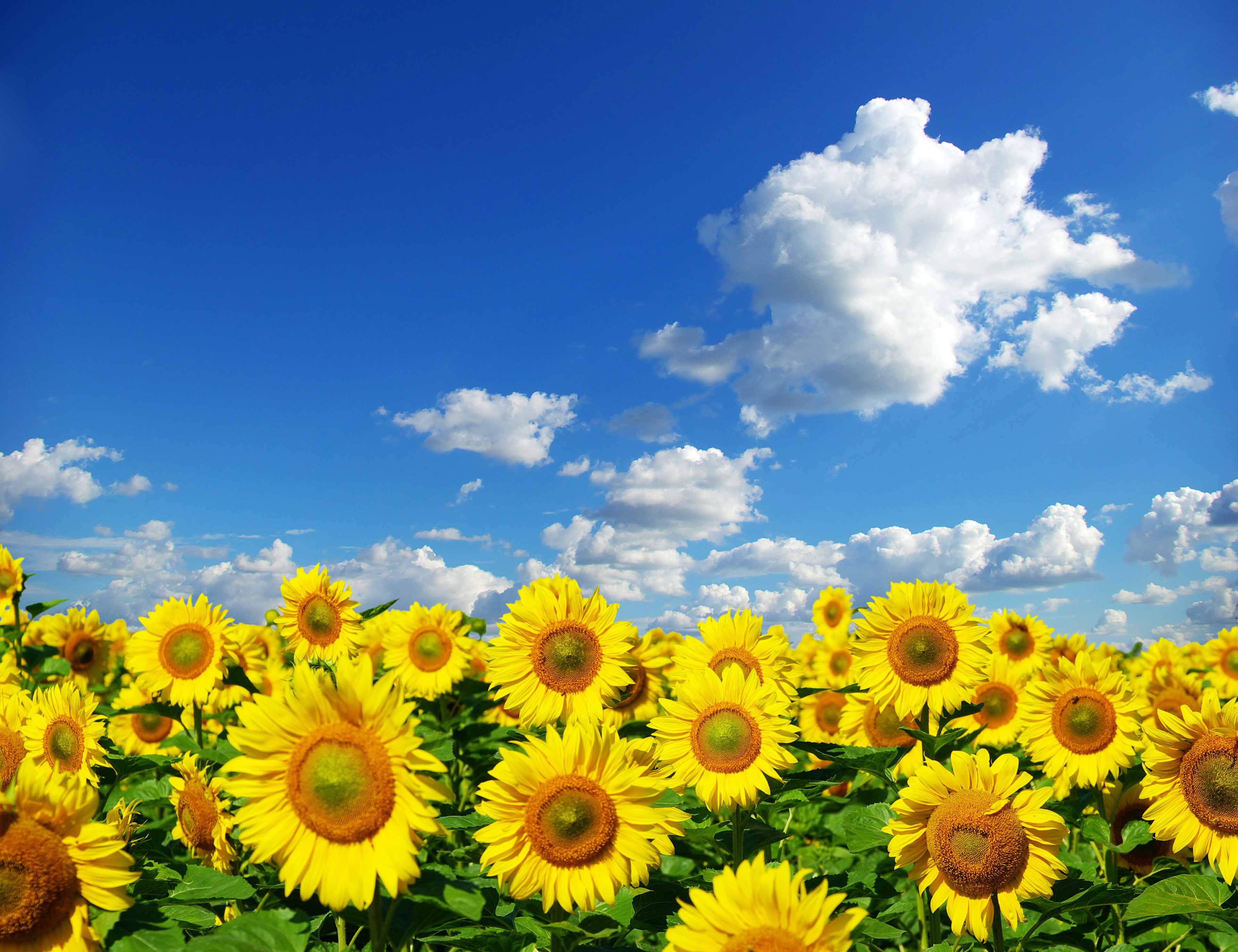
Biodiversity Impacts
There has existed a continuous conflict between the two streams that are agriculture and biodiversity since ancient days, but this conflict has risen to its peak since the late twentieth century. Both the conservationists and agriculturists are running against the tide. One deems agriculture to be the source of victuals and survival, and the other deems it the mass destruction of wildlife and thus disturbing the natural balance of the ecosystem.
According to the data received from IUCN, agriculture is the main cause of bringing all kinds of species either at the verge of extinction or to extinction in the world. When we harm the natural balance of ecosystems existing on earth, in turn the ecosystems will not provide the services they have been providing us since our earliest days. In addition, if the animals and plants are exterminated in one way or another, the environmental services that they can provide will go extinct with them.3
Read More:
- UC Davis. Sustainable Agriculture Research and Education Program. "What is sustainable agriculture"
- Tan, Z. et al. Global Soil Nutrient Depletion and Yield Reduction
- Gul, Alvina. (2014). Agricultural Pollution: An Emerging Issue.
